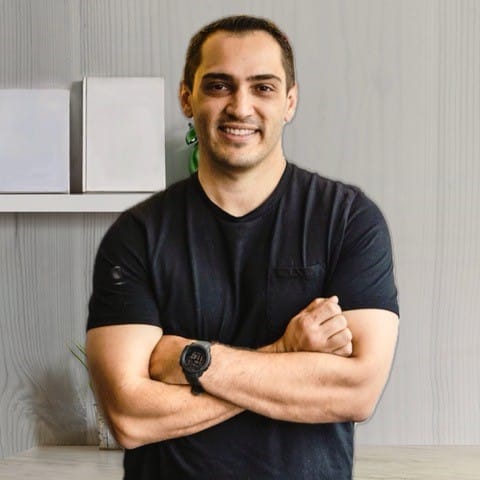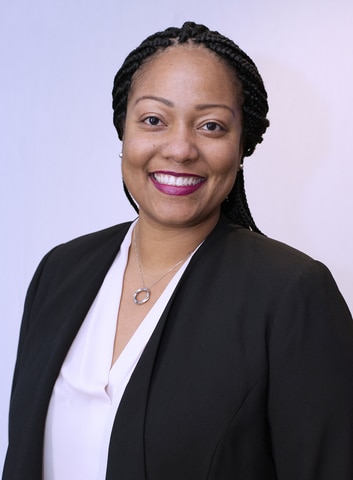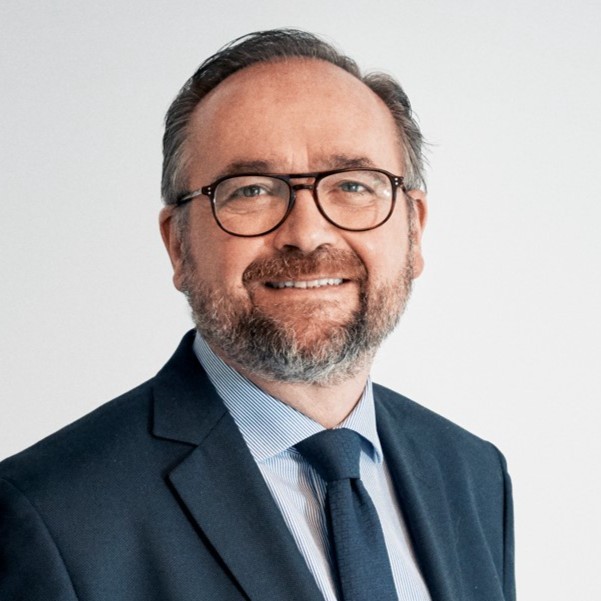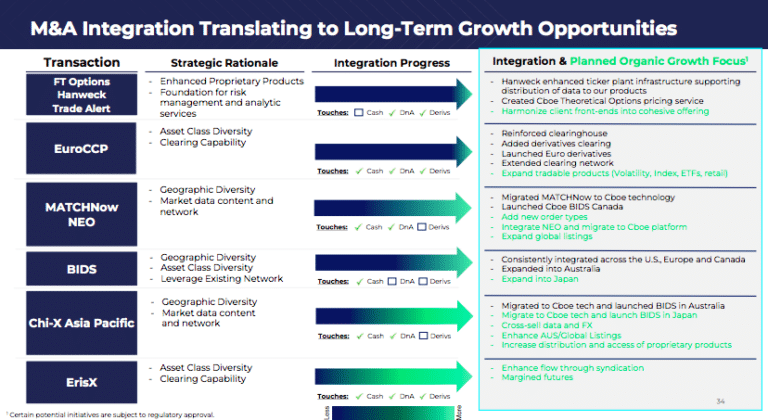Strategic Workforce Development: Talent and Technology is free to read. To download your copy, click here
London – 27 November 2023: Sell-side clearing businesses are pursuing technology investment as one of the levers to accelerate business growth as they find it increasingly difficult to hire and retain talent, an ION-partnered Acuiti study reveals.
Strategic Workforce Development: Talent and Technology, released today, is based on a survey of senior clearing executives at 78 firms across the sell-side. The study found that almost half of respondents, including 76% based in Asia, said attracting younger talent to their derivatives business is significantly challenging.
Executives were most likely to report a talent shortage in their clearing operations business, and in margin management.
The reasons behind the increased challenge are complex and varied by region. However, the most common factors cited by survey respondents were the high-pressure working environment in finance and the greater appeal of other sectors.
The difficulties in developing the next generation of talent in sell-side derivatives operations are forcing firms to increase wages. They are also causing significant concern over succession planning and continuity should key staff leave the business.
In response to the challenges, the study found that firms had sought to improve company culture. In addition, firms are turning to process automation to eliminate manual processes and unlock time for higher-value activities, improving morale and work-life balance to reduce employee attrition.
Almost three-quarters of firms had invested significantly in post-trade technology over the past three years. 83% of respondents said this had improved employee satisfaction, while 66% said it improved the work-life balance.
“This study finds that firms across the sell-side are turning to automation and technology investment to address some of the challenges they face in hiring and retaining talent,” says Will Mitting, managing director and founder of Acuiti.
“This challenge has become more significant over the past 12 months as the operational environment in clearing businesses has improved, resulting in greater demand for talent to grow.
“Automation and technology investment will go a long way to solving the challenges faced, but ultimately, firms must also expand their strategies to hire and retain talent and look to non-traditional avenues.”
Francesco Margini, Chief Product Officer for Cleared Derivatives at ION Markets, said: “At ION, we simplify how people work. We do that by automating processes and workflows, and providing value-added information in real time to help people make better decisions. Our mission-critical solutions provide integrated trading and clearing connectivity to exchanges and clearinghouses around the world, enabling customers to execute, allocate, and clear their business seamlessly with increased operational accuracy. The result is reduced stress and greater efficiency, freeing up time to focus on higher value activities and grow the business.”













The Rise of ‘Prime of Prime’: Plugging the Gaping Hole Left by Traditional Prime Brokers
By Tracey Kent, Head of Broker Dealer Sales, EMEA, MaxxTrader (an SGX Group company)
In the world of FX, significant changes are reshaping the market as we know it for hedge funds, broker dealers, and prime brokers (PB). According to a recent Acuti Report exploring some of the risks associated with PB consolidation, concern about the dependency on key providers remains high across the industry. The study states that a staggering 70% of hedge funds in this study are either very or quite concerned about the impact that the withdrawal of one or more of their FX PB providers from the market, would have on their business.
Over the past few years, there has undoubtedly been a notable shift as banks have either exited the PB business or become highly selective about the clients they serve. This situation has resulted in smaller funds and brokers experiencing the consequences of being excluded from conventional prime broker services.
As a result of this transformation, the concept of “Prime of Prime” has gained traction. Prime of Prime providers are stepping in to fill the void left by traditional bank prime brokers. While some have proven unsuccessful, others have performed better by extending their services to cater to the lower end of the hedge fund market.
The reasons behind this shift are multi-fold. Firstly, traditional bank prime brokers have set high minimum requirements, making it difficult for smaller players in the market to access their services. In an environment where many brokers are transitioning back to a warehousing model rather than offering a direct connection to market and liquidity providers, they are charging minimum service fees to extend credit lines and market access.
Prime of Prime liquidity providers typically charge higher service fees, yet their value becomes increasingly apparent as the FX market consolidates. These Prime of Primes offer the best means to access a diverse range of liquidity providers all in one place. This is especially significant for smaller players who may possess limited access to tier one liquidity and could be at risk of being offboarded by their prime broker.
Even large broker dealers, which you might not expect, are hedging their bets by engaging with multiple Prime of Prime providers. This diversification of their counterparties acts as a safety net should they find themselves offboarded by a bank prime broker. Establishing a bank prime broker relationship can take 6-12 months, while a Prime of Prime relationship can be established in a matter of weeks or months.
Following a period of waning influence of some years due to the easily accessible bank prime broker offerings, we are now witnessing the resurgence of Prime of Primes. Traditional players have been replaced by global names with strong balance sheets that can extend credit to the market. As a result, smaller hedge funds have increasingly turned to their services, as valuable allies.
However, as the risk increases for these remaining Prime of Primes, given their expanding client base, they need to ensure their pre-trade credit risk checks and post-trade automated hedging and reporting, not to mention poison risk management capabilities are the best-in-class. In an ever-fragmented technology vendor landscape, they require the right technology and connectivity to efficiently price clients and manage the diverse flows into one consolidated tech stack. This transformation is not limited to hedge funds alone. Broker dealers have embarked on a similar journey, although prime brokers initiated the off-boarding process of broker dealers much earlier.
The evolving FX landscape has unquestionably brought about significant changes in the prime broker business. The rise of Prime of Prime providers is reshaping the industry, offering a lifeline to smaller players and diversifying options for even the largest institutions. As the asset class continues to transform, the agility and adaptability of Prime of Primes will remain important for clients seeking a competitive edge in this ever-changing environment.